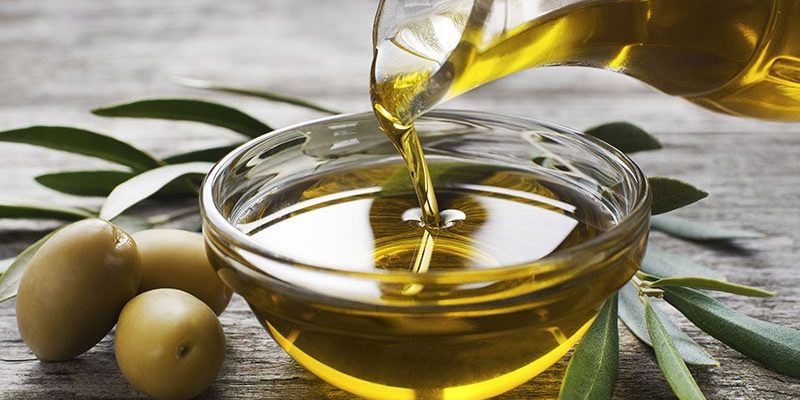Researchers published the study covered in this summary on medRxiv as a preprint that has not yet been peer reviewed.
Key Takeaways
In a prospective, crossover study involving 91 adults, people with obesity and prediabetes randomly assigned to consume extra virgin olive oil (EVOO) that is rich in oleocanthal and oleacein polyphenols as their dietary oil exclusively for 30 days showed a systemic, potent antioxidant effect when compared with similar people randomly assigned to exclusively consume common olive oil (OO) that largely lacks these polyphenols.
Why This Matters
The findings suggest that for people with obesity and prediabetes who are at risk for developing diabetes and related comorbidities, a Mediterranean diet (in which dietary fat is primarily in the form of EVOO with a high content of oleocanthal and oleacein) may promote weight loss, improve glucose homeostasis, and improve inflammatory and oxidative status.
The results represent the biological response to a change in a person’s main lipid source with little, if any, change in diet or activity.
The study’s outcomes imply that a diet high in EVOO consumption could induce some improvements in glucose handling, probably related to body weight decrease and reduction of inflammation and oxidation.
Study Design
The researchers enrolled 91 adults (33 men, 58 women) 40-65 years old with obesity (BMI 30-40 kg/m2) and prediabetes (A1c 5.7%-6.4%) at one institution in Malaga, Spain, from March 2018 to February 2019.
They randomly assigned participants to use EVOO or common processed OO for 30 days.
Participants could use as little or as much olive oil as they wished and otherwise maintained their usual diet and lifestyle. They did not receive instructions to change their caloric intake or physical activity.
After the first 30-day intervention, participants underwent a 15-day washout and then began a second 30-day period when they consumed the alternative olive oil in an otherwise identical protocol.
The primary outcome was blood levels of anti-inflammatory and pro-inflammatory cytokines. Secondary endpoints were oxidative stress measures, body weight, BMI, and measures of metabolic status including fasting glucose, insulin, A1c, and lipid profile.
Key Results
Switching dietary fat intake from common processed OO to EVOO rich in oleocanthal and oleacein improved markers of oxidative stress and inflammation.
After one month of EVOO use, study participants had a significantly greater decrease in the inflammatory cytokine interferon-gamma compared with when they used OO.
EVOO use also significantly linked with greater increases in total antioxidants and greater decreases in lipid and organic hydroperoxides compared with the period of OO use.
EVOO use also linked with significant reductions in weight, BMI, and blood glucose levels compared with baseline levels, but not when compared with the period of OO use. Weight decreased by a significant average 0.92 kg compared with baseline on EVOO, and by a nonsignificant average 0.62 kg on OO compared with baseline.
Limitations
The study recruited fewer participants than anticipated, making it underpowered to detect between-group differences for some endpoints.
The 30-day intervention may have been too short to detect between-group differences in study endpoints.
The trial’s size and short duration limited its ability to show significant effects from dietary olive oil on the incidence of diabetes and other metabolic complications.
Disclosures
The study did not receive commercial funding.
None of the authors had relevant financial disclosures.
This is a summary of a preprint research study, “Rich oleocanthal and oleacein extra virgin olive oil and inflammatory and antioxidant status in people with obesity and prediabetes. The APRIL study: a randomized, controlled crossover study,” written by researchers primarily at the University of Malaga, Spain, on medRxiv and provided to you by Medscape. This study has not yet been peer reviewed. The full text of the study can be found on MedRxiv.org.
For more news, follow Medscape on Facebook, Twitter, Instagram, YouTube, and LinkedIn
Source: Read Full Article
